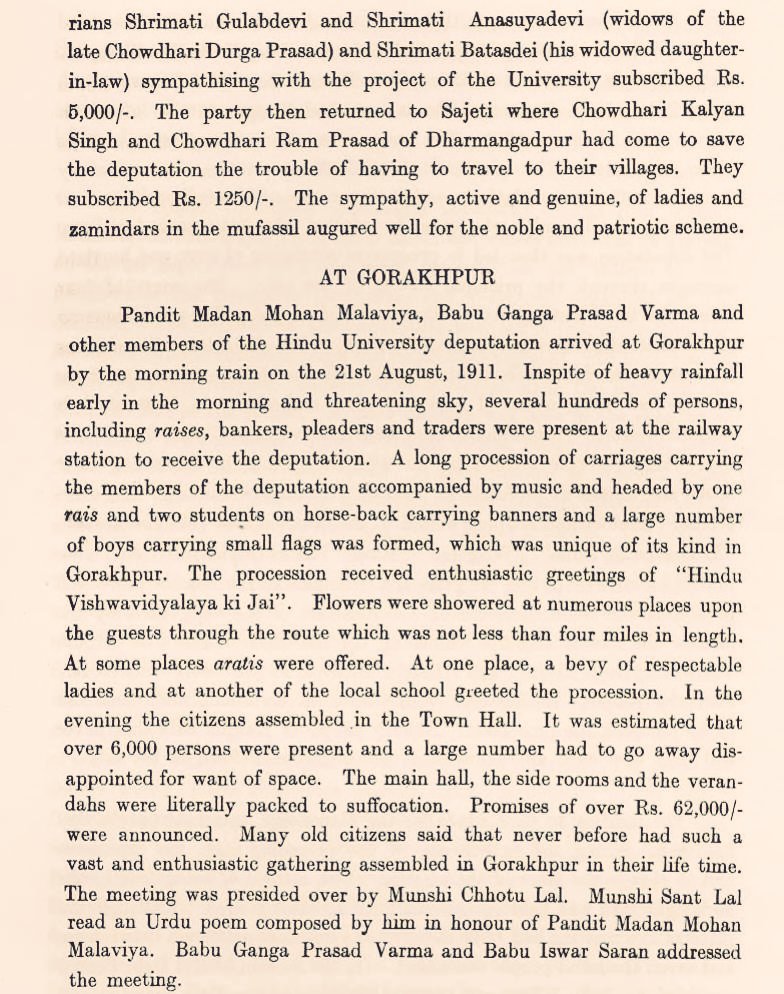Thread on Mughal logistical problems 👇:
The Mughal army, like the Mughal state, was a product of it's environment, it's society and economy. The many curious aspects of this military force, including those related to it's logistics, are similarly a product of these factors...
The Mughal army, like the Mughal state, was a product of it's environment, it's society and economy. The many curious aspects of this military force, including those related to it's logistics, are similarly a product of these factors...

The North Indian military labour market was nigh saturated [A. Graza]. This meant potential soldiers & especially infantrymen, were cheap. Desertion was not an immediate major concern for the Mughal general/Emperor. Furthermore, the Mughals & their contemporaries in the subcon... 

Were notorious for arrears in payments. Nizam-ul-Mulk Asaf Jah I, was known to "never withhold pay for more than 3 months". Such a statement, recorded as a point of merit, can only mean, that 3 months was the least number of months for which pay was usually witheld!.. 

The priorities & military culture of the North Indian nobility were seemingly misplaced being skewed in favour of awe & show, compared to practicality & utility. Cumbersome & ineffective Mughal bombards delayed marches as they were given precedence in order of march... 

Therefore, paradoxically, a cavalry heavy Mughal army marched at a snail's pace in most of it's campaigns (ignoring other factors causing delays ex-superstition). A commissariat was lacking, infantry was paid paltry sums & by & large, the force relied on the leadership of...
Mansabdars, Jagirdars & high ranking nobility, their personal agency, leadership & foresight to see a campaign through. For ex- the Deccan wars, a theatre which broke Mughal claims of invincibility thoroughly, saw success under the leadership & competence of Raja Jai Singh I... 

To illustrate these problems I'll take the example of the Mughal campaign under Aurangzeb in Multan:
A force of 57k Mansabdari cavalry, 5k Ahadis (included in the 57k) & 10k Tofangchis was assembled. The force, like most Mughal armies had a "Mir-e-Manzil" who charted..
A force of 57k Mansabdari cavalry, 5k Ahadis (included in the 57k) & 10k Tofangchis was assembled. The force, like most Mughal armies had a "Mir-e-Manzil" who charted..

Major cities, towns, routes for travel, available resources & specifics on geography, & assessed how many days of marching, how many *kos* per march, & how many stops, would accomplish the army's movement. He traveled before the actual army and dispensed an invaluable service..
Unfortunately, this officer was concerned only with the Imperial household, it's soldier & dependents. The remainder of Mansabdars & their men, supplied their necessities & transport considerations themselves. The Imperial kitchen fed a select number of men via a charity...
Kitchen or *Langarkhana* maintained at the Emperor's expense. Rajas, mansabdars etc, distributed cooked food for those especially attached to their person. Outside of these circles each man provided for himself, buying his daily requirements from *banjaras* attached to the army..
The army departed from Multan in February on 16th, arrived at Qandahar on May 2nd. This is 75-76 days of marching to cover a distance of 124 kos. That's 248 miles according to Gaz-i-illahi & Bengal Presidency measurements, and this translates to roughly 400 kms, or 5.4 km/day....
This rate of marching would have been acceptable, had the Mughal army not been a cavalry favouring force where horsemen outnumbered the infantry >3:1. The problem only gets worse given that artillery had the precedence on march, not cavalry. A measure, presumably of caution... 

Now, addressing the elephant in room. The rations. A force of 67k men is assembled. Assuming their caloric requirements are moderate compared to western European forces, at least 1.5k-2k calories would be required by men marching for several kms, carrying weight. A rough figure.. 

Can be calculated as 67k soldiers eat 2k kcals/day, taking 667g (approx.) of Millets (staple crop, more affordable), would mean 44,690 kg Millets/day (approx.). But this is not all. Men, ordnance, supplies & all required beasts of burden to drag & carry them. These animals... 

Required food as well. Assuming the Mughals maintained a ratio of atleast 2:1, we have 1,14,165 horses (165 horses for ordnance) that each eat 12 kgs of fodder a day (4 kg being grain) = 4,56,660 kg of grains and 9,13,320 kgs of dry feed/day. Even ignoring the bullocks, camels.. 

Elephants and ponies, this is an astronomical amount of food, demanded each day by the entire force. Its a remarkable testament to the later 18th century forces of the Company, the later forces of the Raj, the regularised forces of Ventura and De Boigne etc., that they were... 

Capable of arming, rationing & supplying their armies. It's an even greater testament to the institutional strengths of the Company Bahadur & the Raj, that their armies marched by & large, by not causing any loot or plunder for forage or supplies, unlike the Mughals or Marathas. 

To care for one's soldiery is not a mere act of charity, but rather a fundamental basis for the creation of regular formations, efficient in fighting & maintaining morale. An ill-fed & rarely looked after force, will suffer lack of discipline, organisation & combat effectiveness. 

• • •
Missing some Tweet in this thread? You can try to
force a refresh

























